Filipino Folk Dances: A Cultural Kaleidoscope
The enchanting world of Filipino folk dances, where history, tradition, and vibrant storytelling come to life. From the lively steps of Tinikling to the graceful Pandanggo sa Ilaw, each dance offers a unique glimpse into the soul of the Filipino people.
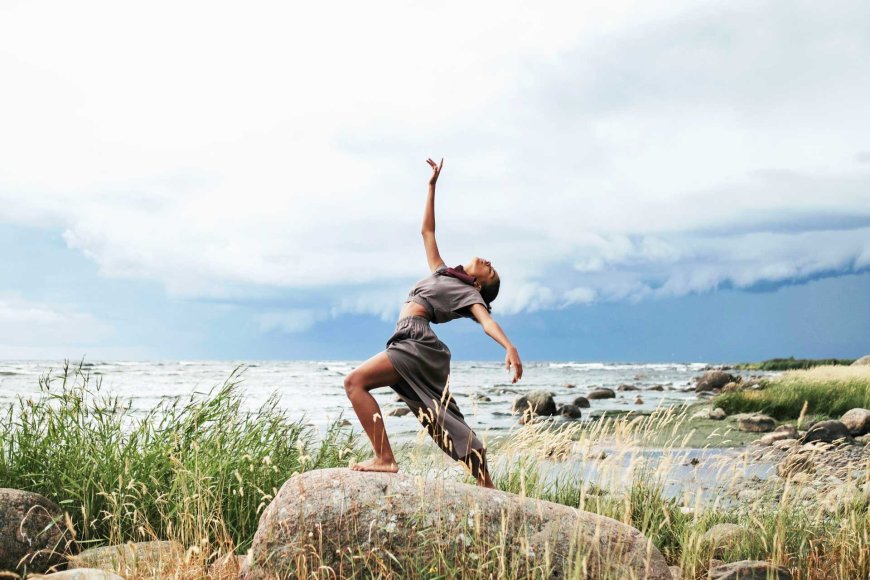
The Philippines Through Traditional Dances
The Philippines, an archipelago with over 7,000 islands, is a melting pot of cultures, traditions, and histories. This diversity is vividly reflected in its folk dances, which offer a window into the soul of the Filipino people. From the northern highlands of Luzon to the southern shores of Mindanao, each dance tells a story, preserves a tradition, and celebrates the rich heritage of the nation. Filipino folk dances are more than just performances; they are expressions of community, identity, and continuity.
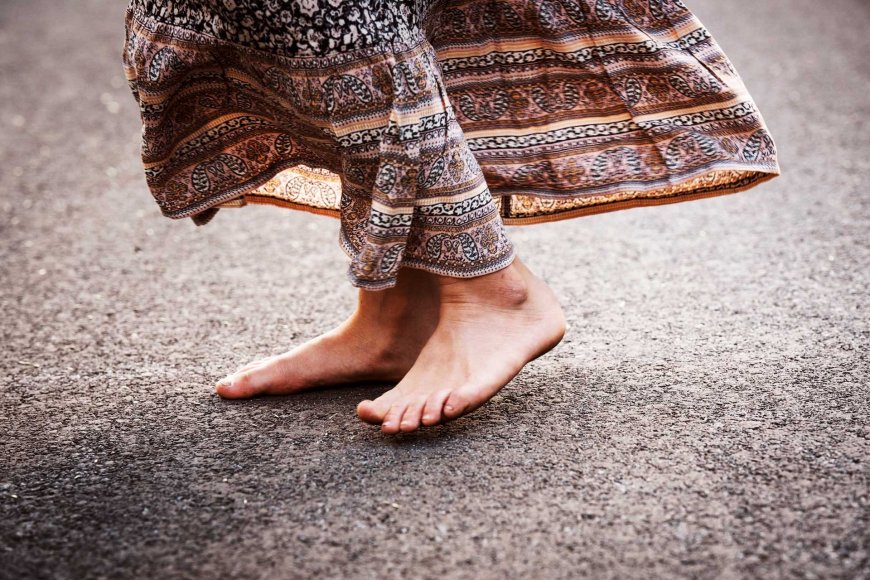
Tinikling: The Dance of the Bamboo Poles
One of the most famous Filipino folk dances is Tinikling. Originating from the Visayan region, Tinikling mimics the movements of the tikling bird as it navigates through rice paddies. Dancers skillfully step between and over bamboo poles that are rhythmically clapped together. This dance is not only a test of agility and timing but also a celebration of the resilience and adaptability of the Filipino people. Traditionally performed during festivals and celebrations, Tinikling is a favorite among Filipinos and has gained international recognition for its unique choreography and cultural significance.
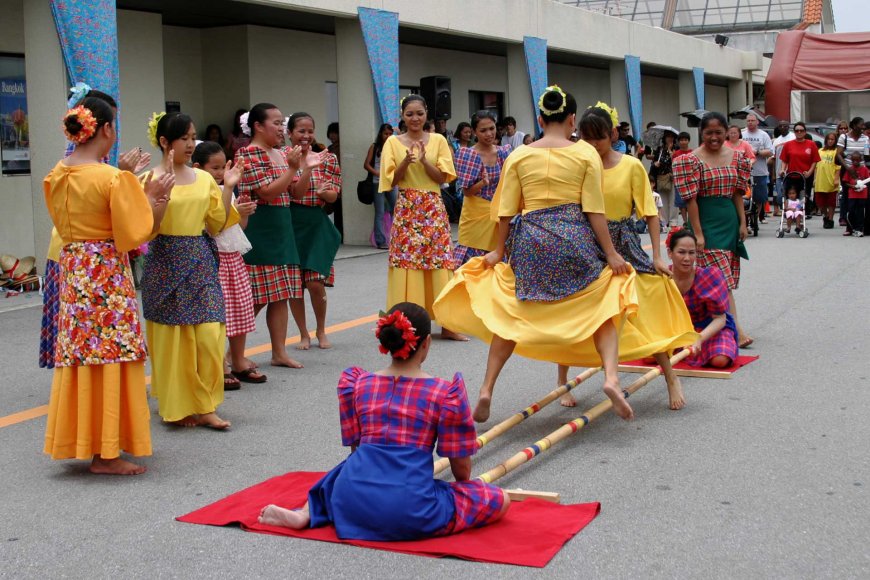 Members from the Philippine Cultural Dancers group perform a traditional dance (tinikling) Credit: U.S. Air Force/Senior Airman Nestor Cruz
Members from the Philippine Cultural Dancers group perform a traditional dance (tinikling) Credit: U.S. Air Force/Senior Airman Nestor Cruz
Pandanggo sa Ilaw: The Dance of Lights
Pandanggo sa Ilaw, a dance that showcases the grace and balance of its performers, is a mesmerizing spectacle. Originating from Lubang Island in Mindoro, this dance involves balancing oil lamps on the head and hands while performing intricate steps. The word "pandanggo" comes from the Spanish "fandango," a lively dance form, and "ilaw" means light. The dance reflects the blend of indigenous and Spanish influences in Filipino culture. Often performed during fiestas and social gatherings, Pandanggo sa Ilaw symbolizes the Filipino spirit's enduring light and hope, even in the face of adversity.
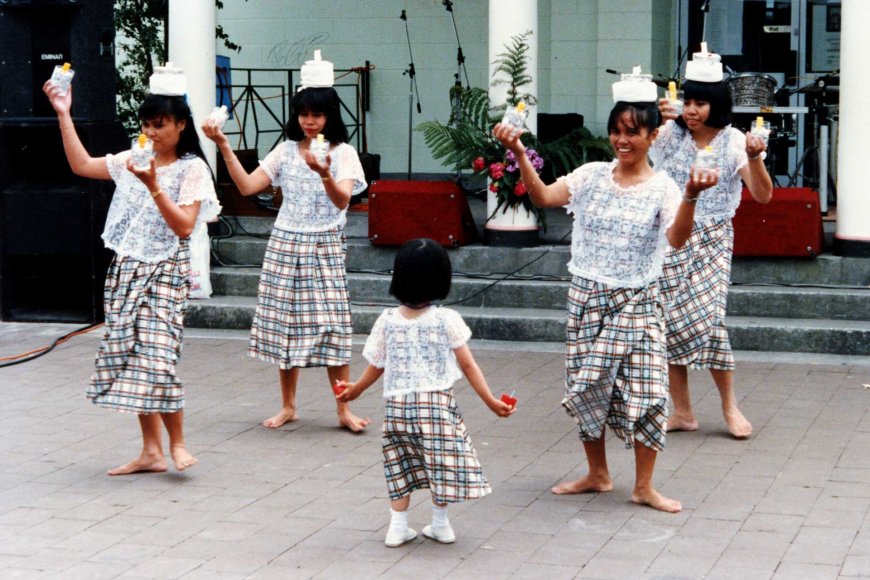 A Fillipino Cultural Dance, 'Pandanggo Sa Ilaw' Credit: John Charlton
A Fillipino Cultural Dance, 'Pandanggo Sa Ilaw' Credit: John Charlton
Singkil: The Royal Dance of Mindanao
Singkil is a traditional dance of the Maranao people from Mindanao, depicting an episode from the ancient epic poem "Darangen." This dance, often performed by a princess and her attendants, involves skillfully stepping in and out of crisscrossed bamboo poles. The story tells of a princess caught in a forest during an earthquake, and the dance represents her graceful movements as she avoids falling trees. Singkil is characterized by its elaborate costumes, typically adorned with intricate beadwork and rich fabrics, symbolizing the royal heritage and the vibrant culture of the Maranao.
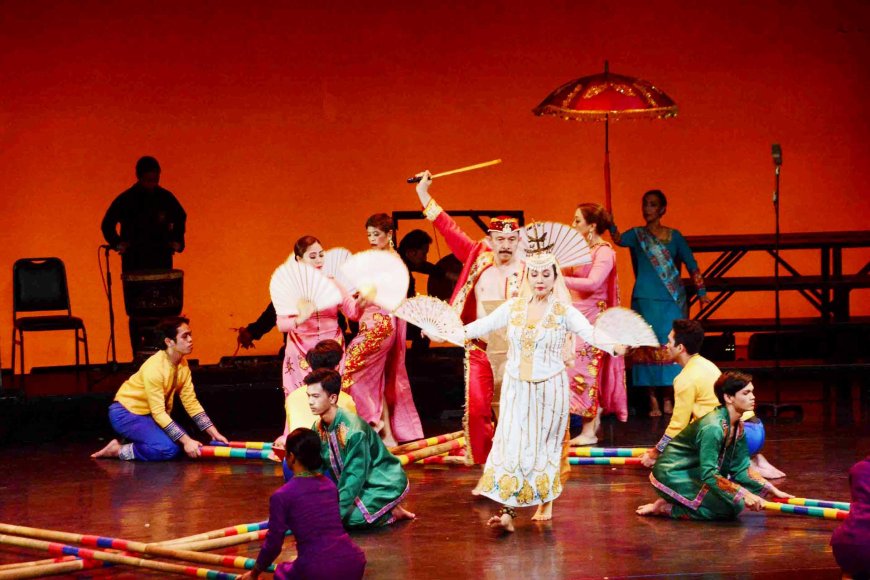 An ethnic dance of the Philippines, Singkil Credit: Jumphoto2000
An ethnic dance of the Philippines, Singkil Credit: Jumphoto2000
Itik-Itik: The Duck Dance
Itik-Itik is a playful dance that imitates the movements of ducks, or "itik" in Filipino. Legend has it that the dance was created spontaneously by a young woman named Kanang during a baptismal celebration in Surigao del Norte. Her impromptu dance mimicking ducks was so well-received that it became a staple of Filipino folk dance. Itik-Itik is characterized by its lively and humorous choreography, which includes flapping arms, waddling steps, and rapid movements. This dance is a testament to the creativity and joyful spirit of the Filipino people, capturing the essence of rural life in the Philippines.
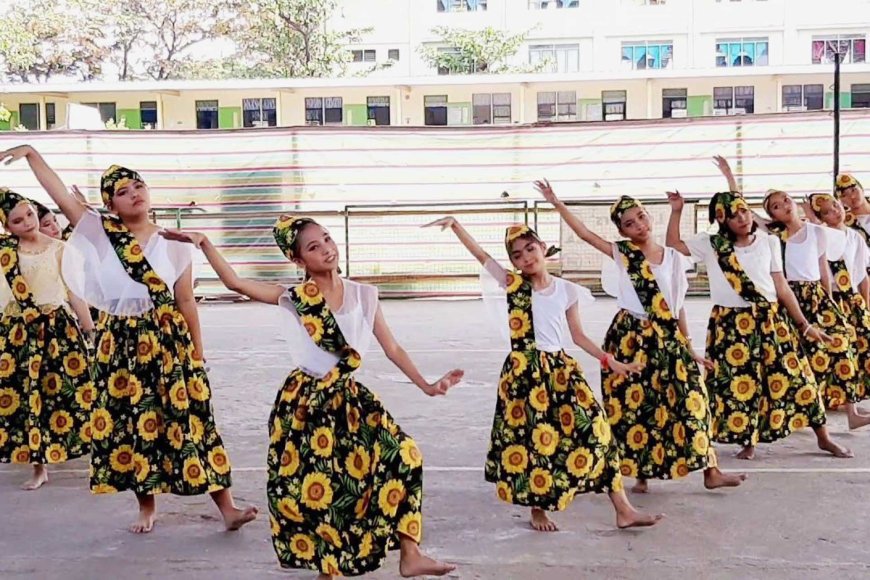 Itik-itik Folk Dance Credit: Kiana Milla
Itik-itik Folk Dance Credit: Kiana Milla
Maglalatik: The Dance of War and Peace
Maglalatik is a dance that dramatizes a mock battle between Christians and Moros over the prized latik, or coconut meat. This dance is traditionally performed during the fiesta of Binan, Laguna, in honor of San Isidro Labrador, the patron saint of farmers. Dancers wear coconut shells on their bodies and use them as percussion instruments, creating a rhythmic and energetic performance. Maglalatik is divided into four parts: the palipasan and baligtaran, representing the battle, and the paseo and sayaw escaramusa, depicting the reconciliation and peace-making. This dance highlights the themes of conflict and harmony, reflecting the historical and social dynamics of the Philippines.
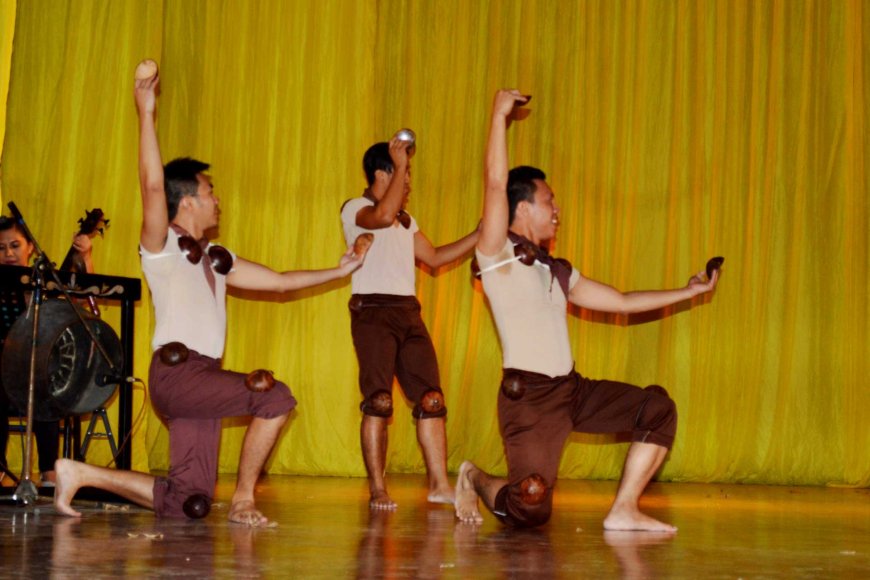 Maglalatik (also known as Manlalatik or Magbabao), an indigenous dance from the Philippines Credit: Ahmed Younis Sif
Maglalatik (also known as Manlalatik or Magbabao), an indigenous dance from the Philippines Credit: Ahmed Younis Sif
Cariñosa: The Dance of Love
Cariñosa, meaning "affectionate" or "loving," is a courtship dance that embodies the romantic and gentle nature of Filipino culture. Influenced by Spanish colonization, Cariñosa is performed with fan and handkerchief props, symbolizing flirtation and coyness. Dancers execute graceful movements and elegant turns, often engaging in playful and tender interactions. This dance is a favorite during social events and celebrations, illustrating the Filipino values of courtship, respect, and affection. Cariñosa is a beautiful representation of how Filipino folk dances incorporate elements of foreign influence while preserving their unique cultural identity.
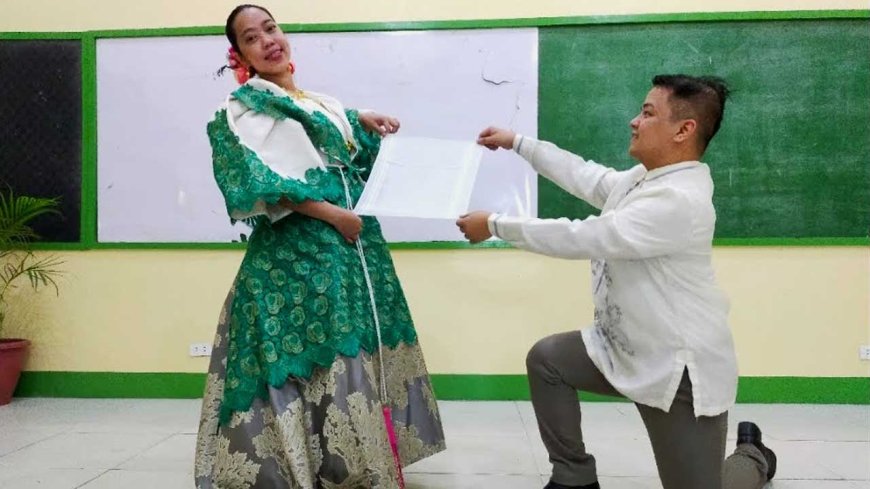 Cariñosa - Philippine Folk Dance Credit: JayRapiz
Cariñosa - Philippine Folk Dance Credit: JayRapiz
Timeless Dance Traditions
Filipino folk dances reflect the nation's history, culture, and traditions. Each dance tells a unique story, whether it is the nimble steps of Tinikling, the graceful movements of Pandanggo sa Ilaw, or the dramatic sequences of Maglalatik. These dances are more than just performances; they are living traditions that connect the past to the present, fostering a sense of community and identity among Filipinos. As the Philippines continues to evolve, its folk dances remain a cherished and enduring legacy, celebrating the resilience, creativity, and spirit of the Filipino people.
Find Cheap Flight Tickets to any Destinations in Japan and the Philippines
Nipino.com is committed to providing you with accurate and genuine content. Let us know your opinion by clicking HERE.






























































